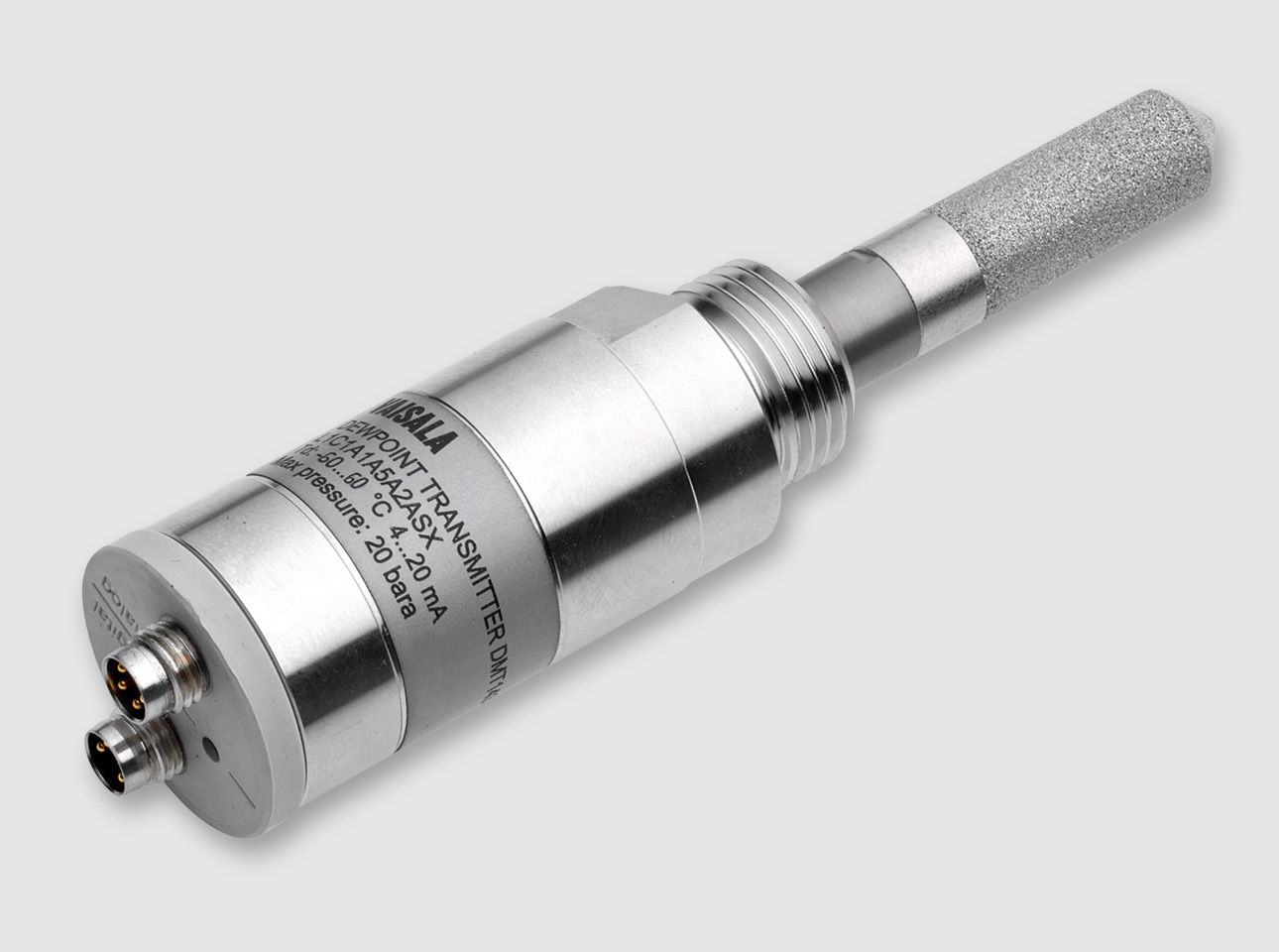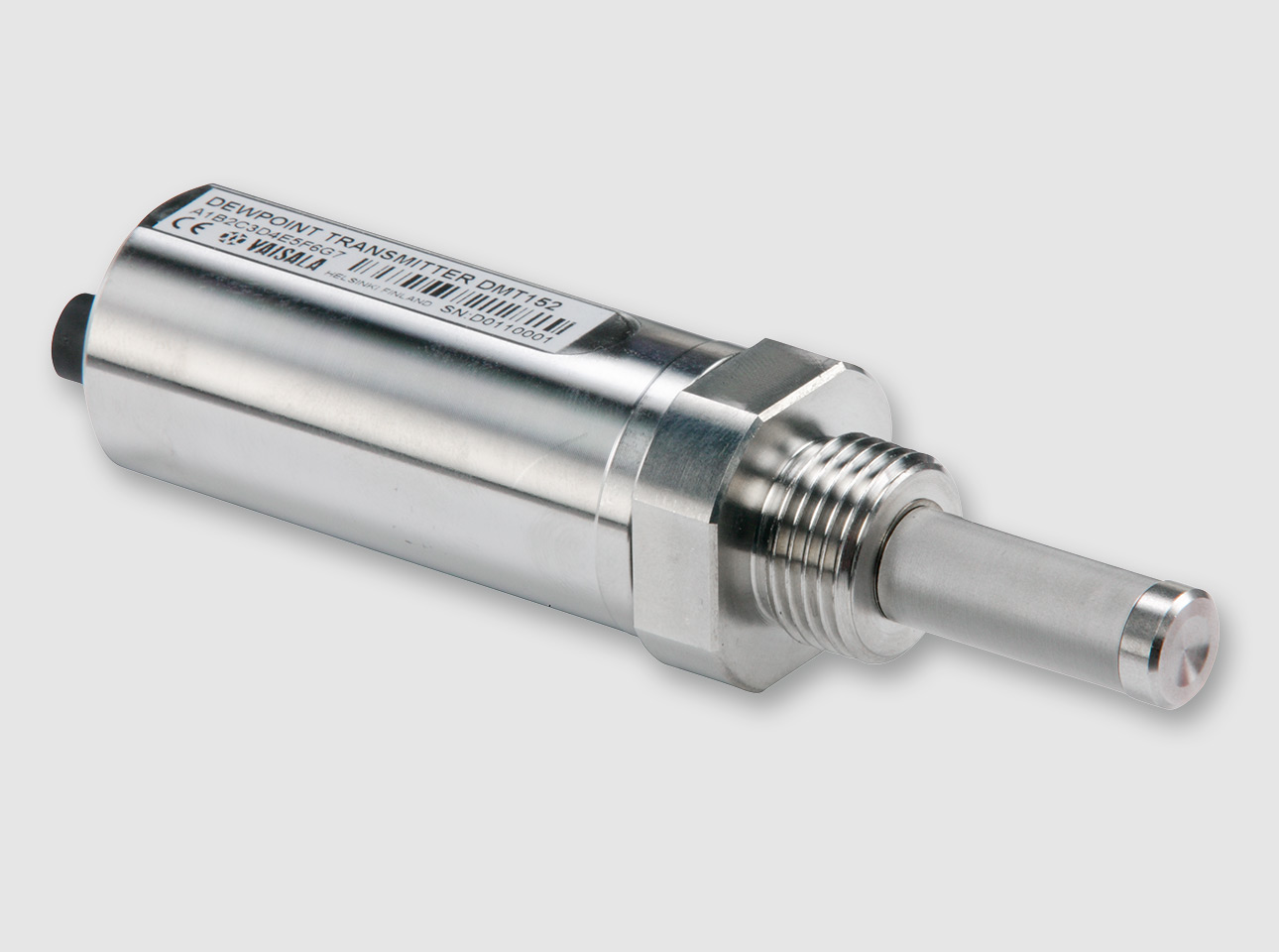Water is one of the most significant contaminants in semiconductor manufacturing – measure your moisture, humidity and temperature accurately
There’s some truth to the inside joke in semiconductor manufacturing: “It’s not rocket science – it’s much harder!” Manufacturing is complex and time-consuming, with the fabrication (fab) cycle being anywhere between 12 and 20 weeks. The initial investment required for fabrication is huge, and manufacturing requires expensive equipment. A fab cycle typically lasts around six years before a new investment cycle begins, and the entire production is carried out with relatively thin margins, meaning only a high yield guarantees profitability. Therefore, it’s vitally important to avoid scrap and rejects.
Water is the most significant contaminant in semiconductor manufacturing, with some estimates indicating that unsuitable moisture conditions account for 25% of lost revenue. To avoid issues with product quality and yield, moisture and temperature levels must be monitored extremely carefully in semiconductor manufacturing fabrications. Vaisala’s highly accurate measurement solutions for the key steps in the manufacturing process offer fast response times and adaptability for a variety of environments. In this post, we’ll cover parameters like humidity, moisture, trace moisture-related humidity, dew point, and frost point.
High-tech nanoscale semiconductor manufacturing
For an extra-pure application such as high-tech nanoscale semiconductor manufacturing, trace moisture can remain after impurities such as dust, grease, and other polluting elements have been removed. This can have a negative impact on product quality and yield. While it’s impossible to completely remove every single water molecule from the process, the aim should be to minimize the presence of water with the help of accurate measurements.
Cleanroom HVAC
Cleanroom heating, ventilation, and air conditioning (HVAC) systems are typically built into the air handling units or fan filter units. Humidity can contaminate processes, react with process chemicals, or cause issues with electrostatic discharge (ESD). In some cases, accuracies of +/−2% for relative humidity and +/−0.25°C for temperature are needed. Vaisala transmitters are ideal for controlling the air conditioning machines, either in the ventilation machine or in the walls of the cleanroom.
Depending on the process being carried out in the cleanroom, the target humidity and temperature might vary. Vaisala’s HUMICAP® sensor technology offers a fast response time and extremely good accuracy in any environment, with excellent long-term stability and long maintenance intervals. HUMICAP is based on polymeric thin-film technology, and the sensors are produced in Vaisala’s own cleanrooms.
Process line gas quality
Cleanroom operations require high-quality process gases, and monitoring moisture levels in the process gas line prevents moisture contamination, which can result in the loss of materials. The target is generally to minimize moisture, and the correct parameter to monitor for this is the dew point. When selecting a sensor, a fast response time and condensation tolerance are important as they can help ensure reliable operations and smooth process ramp-up, even after an extended period of downtime.
Vaisala DRYCAP® technology uses our proprietary polymeric thin-film technology, which enables extremely high sensitivity, flexible optimization for a variety of environments and applications, and long-term stability even in harsh environments. The purge function can remove unwanted residues from the thin film, enabling long-term accuracy even in suboptimal conditions.
Vaisala’s autocalibration function uses a proprietary design and algorithm to eliminate environmental aging effects on the sensor structures. Monitoring sensor performance over time allows the sensor to correct changes in sensitivity to improve long-term stability, extending its life far beyond that of conventional sensors and reducing the effect of challenging environmental conditions on its performance. Vaisala sensors also have an extremely fast response time, enabling a prompt reaction to prevent the loss of materials during system failure.
Compressed air quality
Compressed air cleanliness is critical in the cleanroom environment for most industrial facilities, and the target excess moisture level is very low: target dew point levels can be below −80°C and usually systems have multiple alarm levels above this target level. Vaisala products are rigorously tested and calibrated for the entire measurement range to ensure highly accurate sensor readings, reducing the risk of costly over-drying. The fast response time of Vaisala’s humidity sensor cells supports timely alarms that allow any issues to be identified and addressed quickly.



Add new comment